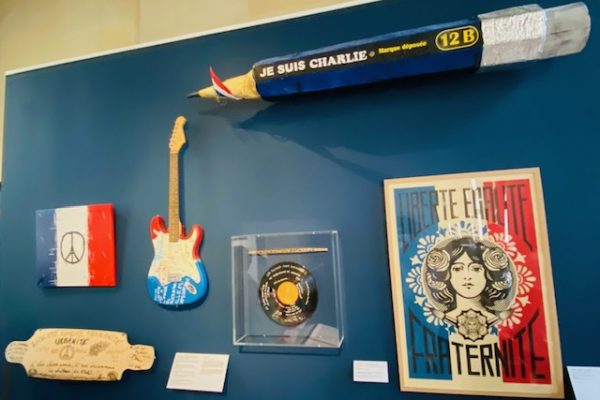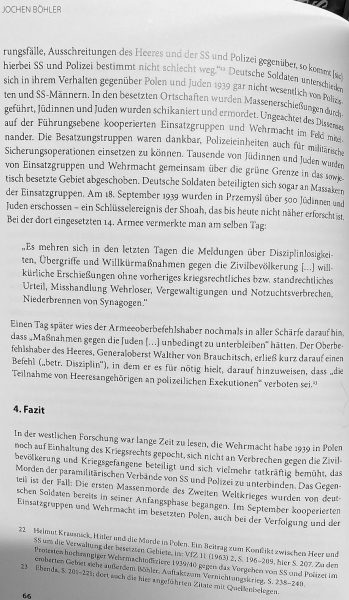Some biographies take the form of a memorial. Marie-Luise Conen and Zdravko Kucinar have erected a memorial for the researcher, author and Social Demokrat “Milian Schömann” from the “Moselle” region near Traben-Trarbach and Lösnich. The biography reads like a narrative of crimes, which goes without punishment, before and during the Nazi-terror and the power grip in rural areas in the late 1920s and early 1930s. Milian Schömann achieved his university entry qualification A-levels in Traben-Trarbach before he moved on to study German literature and philosophy in Heidelberg, Bonn and Berlin.
His studies and political engagement were driven by a humanist approach and his letters and publications as literary critic as well as his contributions to philosophy are partly reproduced in this biographical account. This allows to follow in the footsteps of the curious and open-minded person of Jewish descent. As a contributor and speaker at meetings of SPD-members and associated political movements, he risked and eventually lost his life for his humanitarian convictions in 1942 near Belgrade.
 It is the merit of Marie-Luise Conen and Zdravko Kucinar to let Milian Schömann live on in our time through the reprinting of some of his work, which is embedded in a well-written historical account of the political and family setting at that time. The professional psychological training of Marie-Luise Conen helps to reproduce the anxious atmosphere Milian Schömann has lived through, albeit he remained a productive writer despite the economic hardship and living in exile.
It is the merit of Marie-Luise Conen and Zdravko Kucinar to let Milian Schömann live on in our time through the reprinting of some of his work, which is embedded in a well-written historical account of the political and family setting at that time. The professional psychological training of Marie-Luise Conen helps to reproduce the anxious atmosphere Milian Schömann has lived through, albeit he remained a productive writer despite the economic hardship and living in exile.
This biography accomplishes in a rather unique way to enter into the mind and thinking of the author Milian following his very personal perspective on the “history of ideas” and inner call to action. Similar to the appreciation of Viktor Ullmann in the Jewish Museum in Berlin, where the music of the composer lives on after his death, the writings of Milian Schömann survived extinction, despite that he was murdered. After more than 80 years we still feel the loss of potential other contributions to philosophy and literary studies. The recognition extends to Milian’s academic and personal mentors Oskar Walzel and Arthur Liebert, important sources to understand the reasoning and motivation of Milian.
(Image: Extract from Marie-Luise Conen and Zdravko Kucinar (2024) Milian Schömann, Paulinus Verlag, Trier, p. 139) 




 It is the merit of Marie-Luise Conen and Zdravko Kucinar to let Milian Schömann live on in our time through the reprinting of some of his work, which is embedded in a well-written historical account of the political and family setting at that time. The professional psychological training of Marie-Luise Conen helps to reproduce the anxious atmosphere Milian Schömann has lived through, albeit he remained a productive writer despite the economic hardship and living in exile.
It is the merit of Marie-Luise Conen and Zdravko Kucinar to let Milian Schömann live on in our time through the reprinting of some of his work, which is embedded in a well-written historical account of the political and family setting at that time. The professional psychological training of Marie-Luise Conen helps to reproduce the anxious atmosphere Milian Schömann has lived through, albeit he remained a productive writer despite the economic hardship and living in exile.





